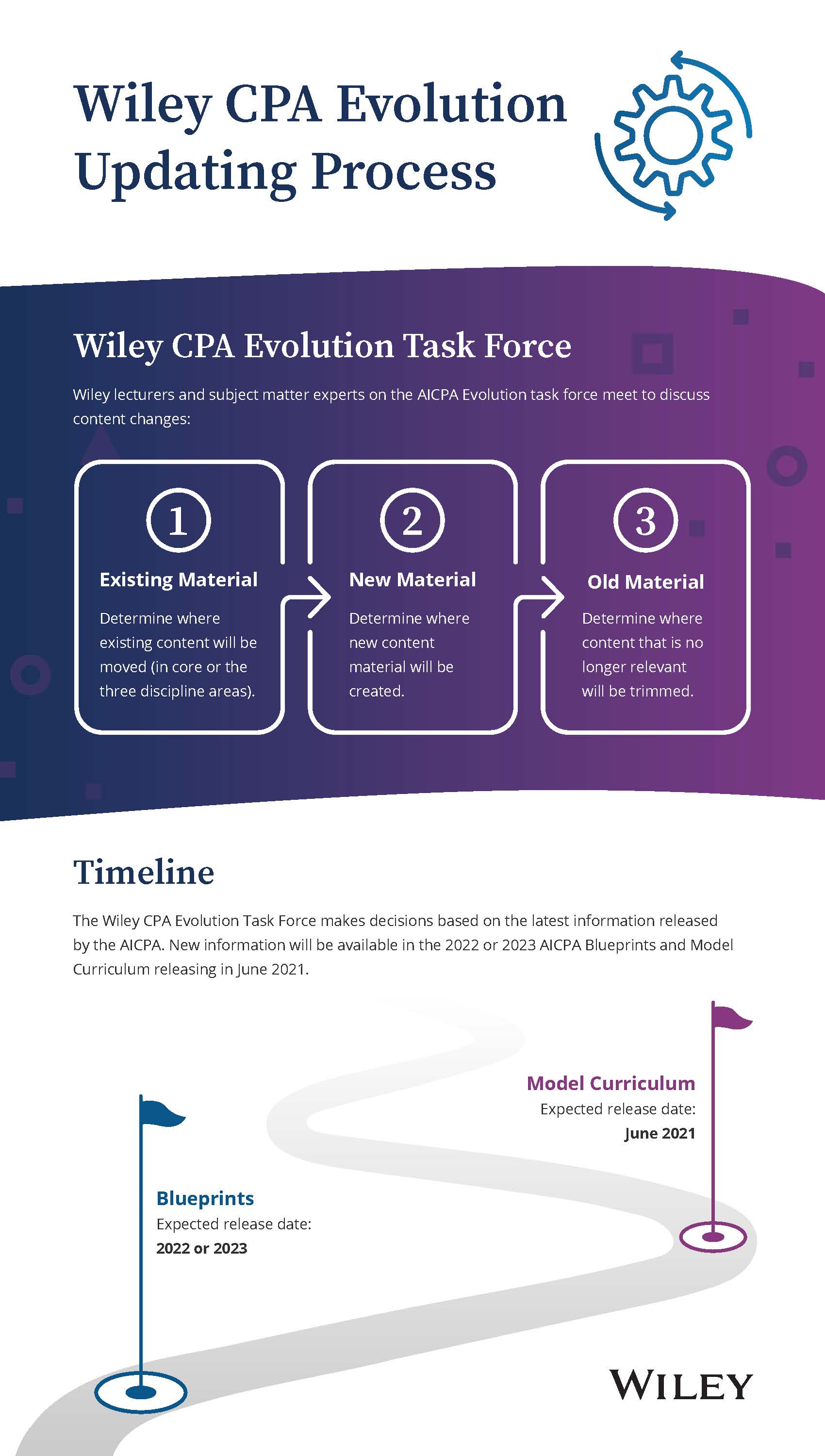4-things-to-consider-when-choosing-an-online-platform-thats-right-for-you
April 06, 2020
Sometimes things happen in life, and there is no playbook for the next logical step. Never, in my wildest dreams, would I have anticipated a pandemic impacting life as we know it. Never would I have imagined schools and businesses closing around the world to ensure health and safety.
Face-to-face interactions are not an option. How do students retain normalcy without a clear timetable? How do instructors navigate the educational landscape? Many educational institutions are seeking out online solutions to support students and instructors.
For educators, it can be tricky to determine which virtual learning option is the best match for your students and your content area. I use WileyPLUS because its capabilities for students and instructors alike are immensely helpful. Consider the different types of functionality carefully when assessing your options.
1. Does the System Facilitate Pre/Post Lecture Quizzing?
A straightforward check for understanding is the most effective. I use no more than five questions at most, and each question focuses on one concept. Multiple-choice style is ideal and avoids complex computational items within the assessment. Keep it simple and revisit the ideas most emphasized in the introductory material.
Use basic checks for understanding in places when students are introduced to new material. Whether the content is presented in a written, video, or audio format, a well-crafted check for understanding helps students understand basic terminology and big picture concepts. As a result, it establishes the foundation for deeper understanding later on down the road.
2. Can You Easily Customize the Content?
Ease of customization is key when setting up online learning. Use your professional judgement and tailor the content as needed for your students. Designate certain online sections as mandatory, and designate other sections as supplemental. This helps hit all learning styles within your classes.
Any given lesson comes alive to students when virtual materials such as videos, case-studies, and real-life connections are utilized. These extras are key when face-to-face interactions cannot take place. You want to manage assignment availability options, levels of feedback, and links to the text to best meet student needs. If the number of points per item and the number of tries per question (with or without penalty) are adjusted, the assignment can instantly be made low-stakes or high-stakes based upon the instructor’s discretion.
3. Can You Assess Using Varying Levels of Difficulty?
When the traditional classroom setting is not an option, isolate quality over quantity for students. Select assessment questions that hit varying levels of difficulty—easy, moderate, and hard—and build on previous learning. Be choosy, and consider utilizing assessment items that reference graphs, tables, and other visual representations that stress main ideas.
More isn’t always better with virtual learning, and reflection items are great to make learning stick for students. Compare-contrast, defend your position, and prove-disprove activities are equally effective methods to check for deeper student understanding. Hook students to these lessons by incorporating quotes, historical figures, and cross-curricular topics.
4. Virtual Interactions to Support Students
Today’s students are already well versed in connecting digitally through group texts, social media, and Google applications. In addition, most educational institutions currently use digital spaces to post grades, submit assignments, discuss material, and exchange ideas. Leverage these items as an educator to support student learning outside of the classroom.
Homework assignments can be used to facilitate group work. Encourage your students to employ resources to connect with you and their peers. Intentionally assign the same homework problems to all your students to accelerate the virtual dialogue. Include one discussion-style question for your students that promotes online interaction. Your students will help support each other and seek outside resources to complete the assessment—together, digitally.
Final Thoughts
Homework hints, real-time feedback, and references to the textbook keep students engaged. Individual engagement is a critical component for student success. These ancillary items don’t replace the instructor but enhance the experience for students. Plus, they’re available 24/7 to keep students on the path to success.













